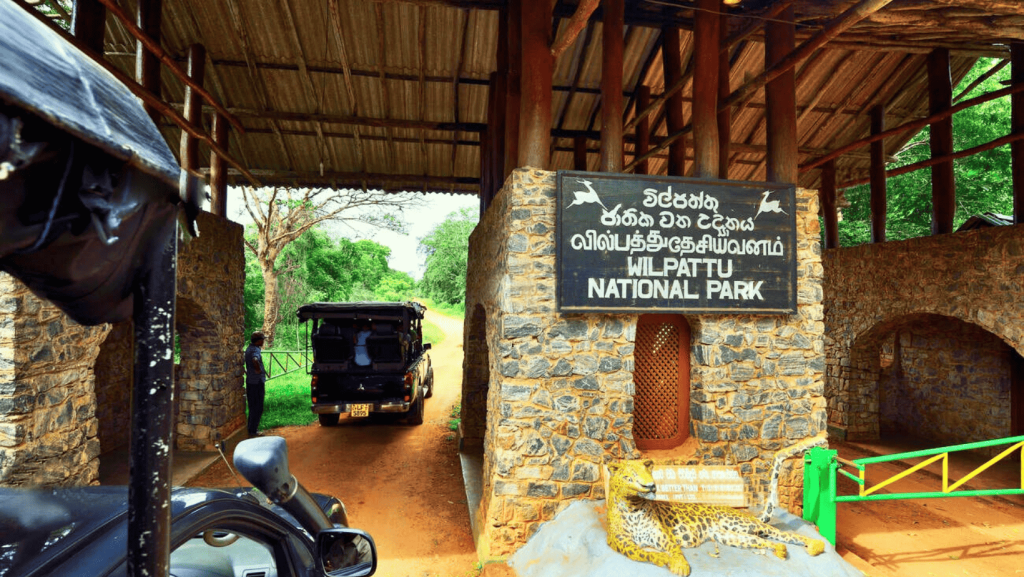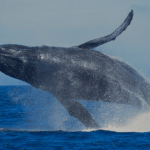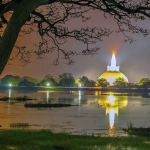Nestled in the northwest region of Sri Lanka, Wilpattu National Park is a paradise for wildlife enthusiasts and nature lovers. Explore the wild wonders of Wilpattu National Park in Sri Lanka, where the largest and one of the oldest national parks in the country offers a unique blend of dense forests, open grasslands, and serene lakes. This makes it a must-visit destination for anyone exploring the natural wonders of Sri Lanka.
A Haven for Wildlife
Wilpattu National Park is renowned for its rich biodiversity. The park is home to a variety of wildlife, including leopards, elephants, sloth bears, and a myriad of bird species. The park’s unique landscape, dotted with natural lakes or “Villus,” provides a vital water source that attracts animals, especially during the dry season. A safari through Wilpattu offers visitors the chance to witness these magnificent creatures in their natural habitat, making it an unforgettable experience.
The Elusive Leopard
One of the main attractions of Wilpattu is the opportunity to spot the elusive Sri Lankan leopard. Wilpattu is known for having one of the highest leopard densities in the country, and sightings are not uncommon, especially during the early morning or late afternoon safaris. For many visitors, the thrill of encountering a leopard in the wild is the highlight of their visit to Wilpattu National Park. Similarly, Horton Plains is home to another population of these majestic leopards.
Birdwatcher’s Paradise
For birdwatchers, Wilpattu is nothing short of a paradise. The park is home to over 200 species of birds, including endemic species such as the Sri Lankan junglefowl and the brown-capped babbler. The park’s diverse habitats, ranging from wetlands to dense forests, create an ideal environment for birdwatching. Whether you’re a seasoned birder or a novice, the sights and sounds of Wilpattu’s avian residents will leave you mesmerized.
Exploring the Villus
The “Villus” are shallow natural lakes that are a defining feature of Wilpattu National Park. These bodies of water are scattered throughout the park, forming a crucial part of the ecosystem. The Villus attract a variety of wildlife, especially during the dry months when water is scarce elsewhere. As you traverse the park, you’ll come across these serene lakes, often surrounded by dense foliage and teeming with life. The Villus offer a perfect spot for photography, with the reflections of the surrounding landscape creating stunning visuals.
Understanding Wilpattu’s Weather
Wilpattu National Park experiences a tropical climate with distinct dry and wet seasons. The weather plays a significant role in wildlife activity and the overall safari experience.
- Dry Season (February to October): The dry season is the best time to visit Wilpattu, as the wildlife congregates around the Villus and waterholes. Temperatures during this period typically range from 25°C to 32°C (77°F to 90°F). The dry, warm conditions make it easier to spot animals, especially during early morning and late afternoon safaris.
- Wet Season (November to January): The wet season brings monsoon rains, particularly from November to December. The park’s vegetation becomes lush and green, and water levels in the Villus rise. While wildlife sightings may be less frequent during this time, the park’s landscapes are at their most vibrant. Temperatures remain relatively warm, averaging between 23°C to 30°C (73°F to 86°F), but heavy rainfall can make some areas of the park inaccessible.
Understanding the weather patterns can help you plan your visit to maximize your chances of experiencing Wilpattu at its best.
When to Visit Wilpattu National Park
The best time to visit Wilpattu National Park is during the dry season, from February to October. During this period, the wildlife is more concentrated around the Villus, making sightings more frequent. The park is less crowded compared to other national parks in Sri Lanka, offering a more tranquil and intimate experience with nature.
Practical Tips for Your Visit
- Safari Tours: It’s recommended to book a guided safari tour for the best chance to spot wildlife. Experienced guides can take you to the best locations and provide insights into the park’s ecology.
- What to Bring: Don’t forget to bring a good pair of binoculars, a camera with a zoom lens, and plenty of water. Lightweight, neutral-colored clothing is ideal for blending into the environment.
- Respect the Wildlife: Always maintain a safe distance from animals, and avoid making loud noises or sudden movements that could disturb the wildlife.
Conclusion
A visit to Wilpattu National Park is a journey into the heart of Sri Lanka’s wilderness. Explore the wild wonders of Wilpattu National Park in Sri Lanka, where whether you’re on the lookout for leopards, soaking in the beauty of the Villus, or simply enjoying the peace of the natural surroundings, Wilpattu offers an experience that will stay with you long after you’ve left. The park’s rugged terrain also makes it an excellent destination for off-roading adventures. Add Wilpattu to your Sri Lankan itinerary, and discover a world where nature reigns supreme.




Pingback: Sri Lanka's Best Photography Spots in 2025 - Hot Travel Guide